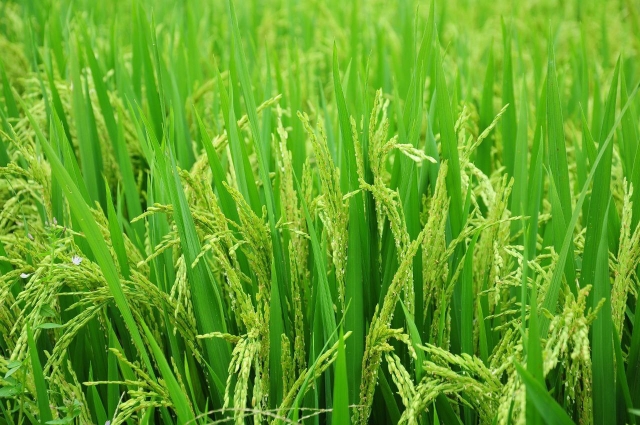The Mwea Irrigation Scheme
Located in Kirinyaga County, Kenya, the Mwea Irrigation Settlement Scheme (MIS) has come a long way since its inception in 1954 as a modest 65-acre Tebere section for irrigation farming. Today, it spans across Mwea East and Mwea West sub-counties, covering a vast expanse of 30,050 acres, with 22,000 acres dedicated to paddy rice production. The remaining land is utilized for settlement, public utilities, and subsistence crop cultivation. An additional 8,600 acres in the surrounding freehold area have been incorporated into the scheme, resulting in a total of 28,600 acres for paddy rice farming.

The National Irrigation Authority (NIA) has made significant improvements to enable farmers to engage in productive activities, rehabilitated existing infrastructure, and developed new irrigation systems. The scheme benefits from its strategic location along the drainage basins of Rivers Nyamindi and Thiba, which supply the necessary irrigation water. Despite its success, the MIS still has untapped potential for expansion of up to 10,000 acres in the surrounding areas. The primary obstacle to this expansion is the lack of sufficient water for irrigation.
Conditions for Growth
The scheme’s terrain is predominantly flat, characterized by black cotton soils with sporadic areas of red soil. Low-lying black cotton soil areas have been utilized for rice paddies, while the raised spots with red soil have been reserved for settlement and the cultivation of upland crops. Currently, the scheme is managed through a Participatory Irrigation Management (PIM) approach, which involves a partnership between the government, represented by the National Irrigation Authority, and the farmers through their respective organizations.
At present, the scheme has a combined water intake capacity of 18.14m^3/s, with Thiba contributing 11.12m^3/s and Nyamindi 7.02m^3/s. There are three rice production systems being practiced in the scheme. The conventional system involves transplanting 21 to 28-day-old seedlings, randomly spaced at approximately 10cm, and the paddy fields are continuously flooded until maturity. The system of rice intensification (SRI) and water-saving rice culture (WSRC) methods are also employed, promoting intermittent irrigation (alternate wetting and drying) along with the use of younger seedlings (10-15 days old) and wider spacing of 20 to 25cm.
Currently, the scheme operates two and a half production seasons per year. The total annual rice production in the scheme is estimated at 113,000 metric tons, reflecting a remarkable 44% increase compared to previous years. This surge in production can be attributed to enhanced mechanization, increased cropping intensity, and expanded cultivation areas resulting from improved on-farm irrigation water management.
The MIS is a success story in Kenya, providing a source of livelihood for thousands of farmers and their families. It is a testament to the power of partnerships between the government and farmers, and the potential of irrigation schemes to transform agriculture and rural development. With continued investment in infrastructure and water management, the MIS can continue to expand and contribute to food security and economic growth in Kenya.https://irrigation.go.ke/projects/mwea-irrigation-scheme/
For more information email us at jilisheafrica@gmail.com.
It’s perfect time too make ome plans for the futuree
and it’s time tto be happy. I have read this post and if I could I want
to suggest you some interesting things or advice. Maybe you can write next articles referring to this
article. I want to read even mre things about it!
Also visit my bloog … https://penzu.com/p/c961de29